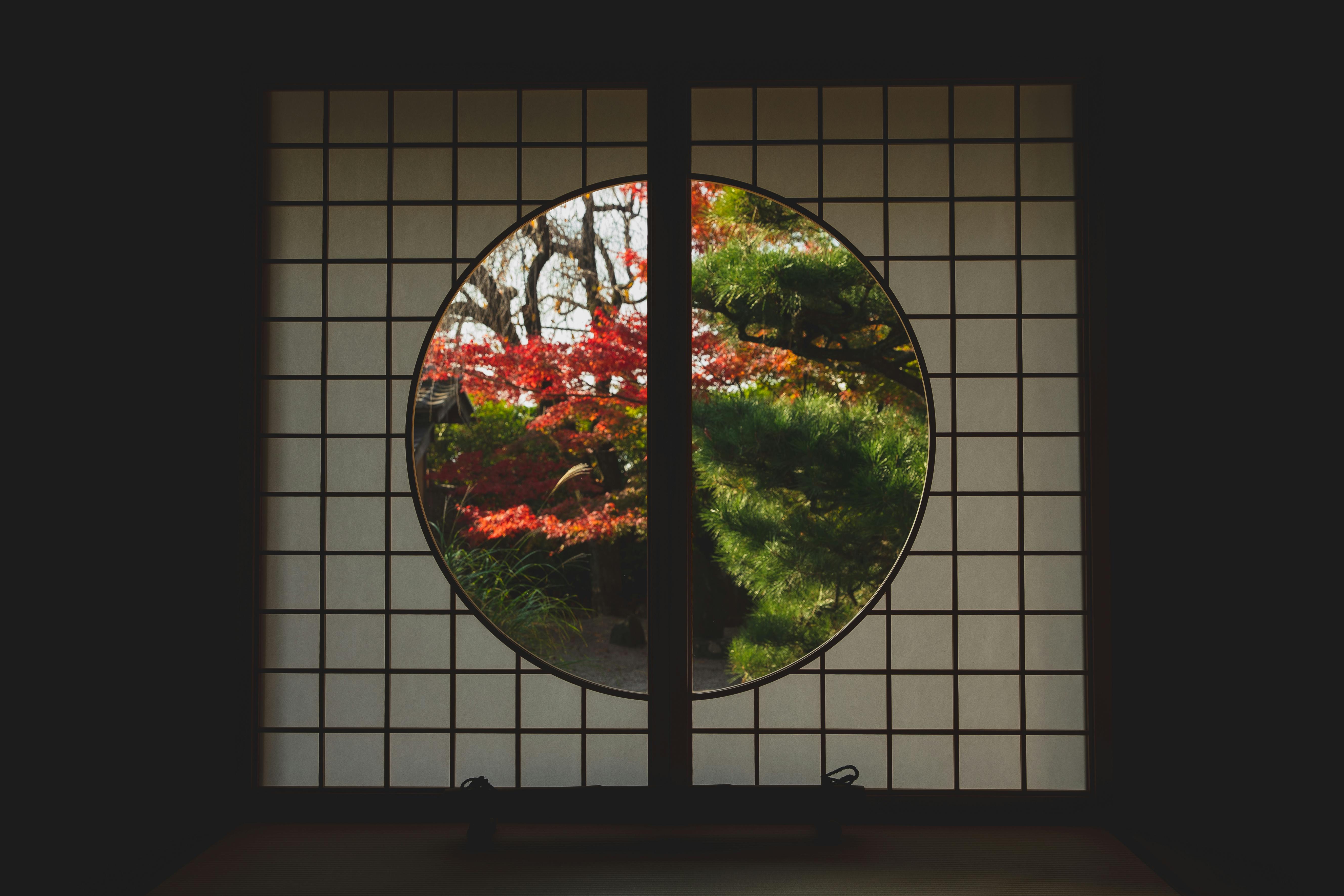If you are looking for a way to enjoy the sweet and juicy taste of blueberries year round, then growing blueberries indoors is the perfect solution. Indoor blueberry growing is becoming increasingly popular as it offers a convenient way to grow your own fresh fruit at home. Growing blueberries indoors is relatively easy and can be done in a variety of ways. In this guide, we will discuss all the steps needed to successfully grow blueberries indoors so you can have a steady supply of delicious berries all year long.The benefits of growing blueberries indoors are numerous. Indoor blueberry plants provide an abundant harvest of high-quality, juicy fruit without the need for a large garden plot or outdoor space. Growing blueberries indoors also gives you a greater degree of control over the environment, allowing you to adjust humidity levels and temperature to ensure optimal fruit production. Additionally, growing blueberries indoors eliminates the risk of pests and diseases that can be troublesome in outdoor gardens. Finally, indoor blueberry plants require less maintenance than those grown outdoors as they are not subject to harsh weather conditions and can be watered with minimal effort.
What Varieties of Blueberries Grow Best Indoors?
Growing blueberries indoors can be a rewarding experience, as long as you select the right variety. When it comes to picking the best variety for growing indoors, there are a few things to consider. First, the type of blueberry you choose should be suitable for container gardening and adapted to indoor conditions. Smaller varieties that don’t require too much space are ideal for growing in containers or small pots. Secondly, it’s important to choose a variety that is self-pollinating, as this makes it easier to get a good crop without having to rely on pollinators like bees or other insects.
Some of the most popular varieties of blueberries for growing indoors include Northblue, Northcountry, and Reka. Northblue is one of the most reliable self-pollinating varieties available and produces medium-sized fruit with a sweet flavor. Northcountry is another popular variety with a sweet-tart flavor and lots of vigor. Reka is an early ripening variety with large berries and medium acidity.
Blueberries love plenty of sunlight, so make sure they get at least 6 hours of bright direct sunlight each day. They also need moist soil; when choosing soil for your plants, opt for an acidic potting soil mix that drains well but retains moisture at the same time. Blueberries prefer consistent moisture levels in their soil, so water them regularly during dry periods and use mulch around their base to help keep the roots cool and moist in hot weather.
Finally, don’t forget to fertilize your blueberry plants regularly throughout the growing season to ensure they receive all the nutrients they need for optimal growth and fruit production. With these tips in mind, you can enjoy fresh blueberries from your own indoor garden all year round!
Where Should I Place My Indoor Blueberry Plants?
When placing your indoor blueberry plants, the most important factor to consider is light. Blueberries need at least 6 hours of direct sunlight each day, so a south-facing window is ideal. If you don’t have enough natural light, you can supplement with artificial lights. Place your plants close enough to the window to get plenty of light or in a spot that will get enough light from the artificial lights.
It’s also important to make sure your plants are in an area that won’t be too hot or too cold. Blueberries will do best in temperatures between 65-75°F. If you live in a warmer climate, you may need to use a fan or air conditioning unit to keep your plants cool.
The final factor to consider when placing your indoor blueberry plants is ventilation. Your plants need plenty of fresh air in order to thrive, so it’s important to place them in an area with good circulation. Positioning them near open windows or fans can help ensure they get enough fresh air and circulation for optimal growth and health.
By following these guidelines, you can ensure that your indoor blueberry plants are placed in the best possible spot for optimal growth and health. With proper placement, care, and attention, your blueberry plants will yield delicious fruits for many years to come!
What Type of Soil Is Best for Growing Blueberries Indoors?
When growing blueberries indoors, the type of soil you use is essential for optimum growth and health of your plants. The best type of soil for blueberries is a light, well-draining soil that is rich in organic matter. You can buy pre-made blueberry potting mix, or make your own by mixing equal parts peat moss, compost, and sand. This mix should be slightly acidic with a pH between 4.0 and 5.5. It should also contain plenty of perlite or vermiculite to help keep the soil light and airy for better drainage. Adding some slow-release fertilizer to the mix can also help provide essential nutrients to the plants over time.
It’s important to remember that blueberries need consistently moist soil to thrive, but it’s equally important not to let them sit in soggy soil as it can lead to root rot or other diseases. To ensure that the soil doesn’t become overly dry or wet between waterings, adding a layer of mulch on top can help retain moisture while also preventing weeds from taking over your potting mix.
Indoor Blueberry Plants and Light Requirements
Indoor blueberry plants require a minimum of 6 to 8 hours of direct sunlight each day. If your home doesn’t get enough natural light, you may need to supplement with a grow light. The best seasonal lighting for indoor blueberries is full spectrum LED grow lights, which are designed to simulate the daylight spectrum. While LED lights don’t require special fixtures or reflectors, they may require additional cooling if used for more than 10 hours per day.
Blueberries are also sensitive to temperature and humidity levels. In general, keep the temperature between 65-75°F (18-24°C) and the humidity level around 50-60%. If your home is particularly dry or too warm, you may need to invest in a humidifier or air conditioner to maintain ideal conditions for your blueberry plants.
It’s important to make sure that your indoor blueberries receive the right amount of light each day in order for them to thrive. During winter months when the days are shorter and there is less natural sunlight, you may need to add supplemental lighting for your plants in order for them to get enough light. Make sure you monitor the amount of light your plants are receiving on a regular basis and adjust as needed throughout the year.

Watering and Fertilizing Indoor Blueberry Plants
Indoor blueberry plants need regular watering and fertilizing in order to thrive. Proper watering and fertilization will ensure that the blueberries are healthy, vigorous, and produce plenty of fruit. Watering should be done on a regular basis, but not too often; the soil should be allowed to dry out between waterings. Fertilization should also be done regularly; this can be done with either a liquid fertilizer or a slow release granular fertilizer.
When watering indoor blueberry plants, it is important to use tepid water rather than cold or hot water as either of these can shock the plant’s roots. It is also important to make sure that the soil is evenly moist throughout, as overly wet soil can lead to root rot. When checking for moisture levels, do not rely solely on surface moisture; use your fingertip to check for moisture in the top few inches of soil.
Fertilizing indoor blueberry plants is essential for promoting healthy growth and abundant fruit production. Fertilizers should be applied once every two weeks during the growing season; use a balanced fertilizer such as 8-8-8 or 10-10-10 at half strength, or follow package instructions for exact measurements. When applying fertilizer, it is important to keep it away from the plant’s foliage as this can cause burning or other damage.
It is also important to monitor pH levels when caring for indoor blueberry plants; these plants prefer slightly acidic soils with a pH level between 4.5 and 5.5. To maintain proper pH levels in the soil, consider adding peat moss or sulfur chips to lower acidity or lime chips to raise acidity if necessary. With proper care and attention, indoor blueberry plants can thrive indoors and produce an abundance of delicious berries!
What Are the Challenges of Growing Blueberries Indoors?
Growing blueberries indoors can be a rewarding experience, but it poses some challenges. One of the most difficult aspects is providing enough light for the plants to thrive. Blueberries need at least six hours of direct sunlight each day, which can be difficult to achieve in an indoor setting. If you don’t have access to natural sunlight, you’ll need to use artificial lighting for your plants. This can be costly and time-consuming.
Another challenge is providing the right amount of water and humidity for your blueberry plants. Blueberries prefer moist soil, but they don’t like to be waterlogged. You’ll need to find a balance between giving your plants enough water and not overwatering them. Humidity levels should also be monitored carefully, as blueberries prefer higher levels than most other houseplants.
Finally, the soil you use is extremely important when growing blueberries indoors. You’ll want to use a high-quality potting mix that is well-draining and rich in nutrients such as nitrogen and phosphorus. This will help ensure that your plants get all the nutrients they need to thrive in an indoor environment.
Pruning Indoor Blueberry Plants
Pruning indoor blueberry plants is a necessary step for maintaining their health and vigor. Pruning helps to remove diseased or damaged branches, while also encouraging the growth of new, healthy branches. Additionally, pruning helps to encourage bushier plants with more flowers and fruit. Pruning should be done during the early spring before the plant begins to flower or bear fruit. When pruning indoor blueberry plants, there are a few key steps to follow in order to ensure successful pruning:
1. Start by removing any dead or diseased branches from the plant. This will help to improve the overall health of the plant and prevent further damage from occurring.
2. Next, prune back any shoots that are growing too long or too far away from the main stem of the plant. It is important not to cut back too much at once as this could damage the stem and slow down growth.
3. Finally, prune off any old branches that are no longer producing fruit or flowers. These should be removed in order to allow new growth and also to improve air circulation around the plant.
When pruning indoor blueberry plants, it is important to use sharp garden shears in order to make clean cuts that will not damage the stem or bark of the plant. Additionally, it is important to wear gloves when handling blueberry plants as their thorns can cause skin irritation. With proper care and maintenance, indoor blueberry plants can thrive and produce delicious fruits for many years!

Conclusion
Growing blueberries indoors is a rewarding experience. Not only will you have fresh blueberries all year round, but you also get to enjoy watching them grow and bloom. When done correctly, blueberry plants can thrive indoors and produce delicious fruit for years to come.
To ensure your indoor blueberries are healthy and productive, it is important to provide them with the right environment and give them proper care. Start by selecting a container that is large enough to accommodate the plant’s root system. Next, ensure the soil is well-draining and amend it with organic matter. Finally, provide your plants with adequate light and water as well as fertilizer as needed.
By following these steps, you can easily grow blueberries indoors and enjoy the sweet fruits of your labor!



